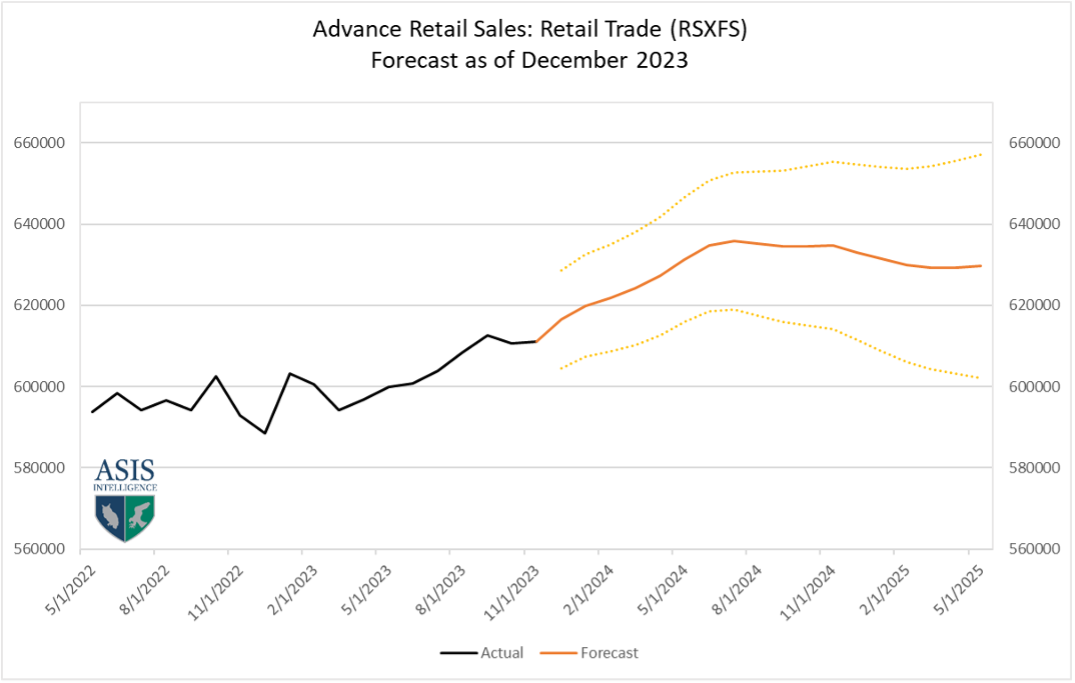2024 Economic Outlook from The Watch
January 12, 2024The Watch report is updated monthly, and the latest information that we have available shows some interesting differences between national forecasts on economic growth for 2024 and what the models are showing us. …
Read more about 2024 Economic Outlook from The Watch

